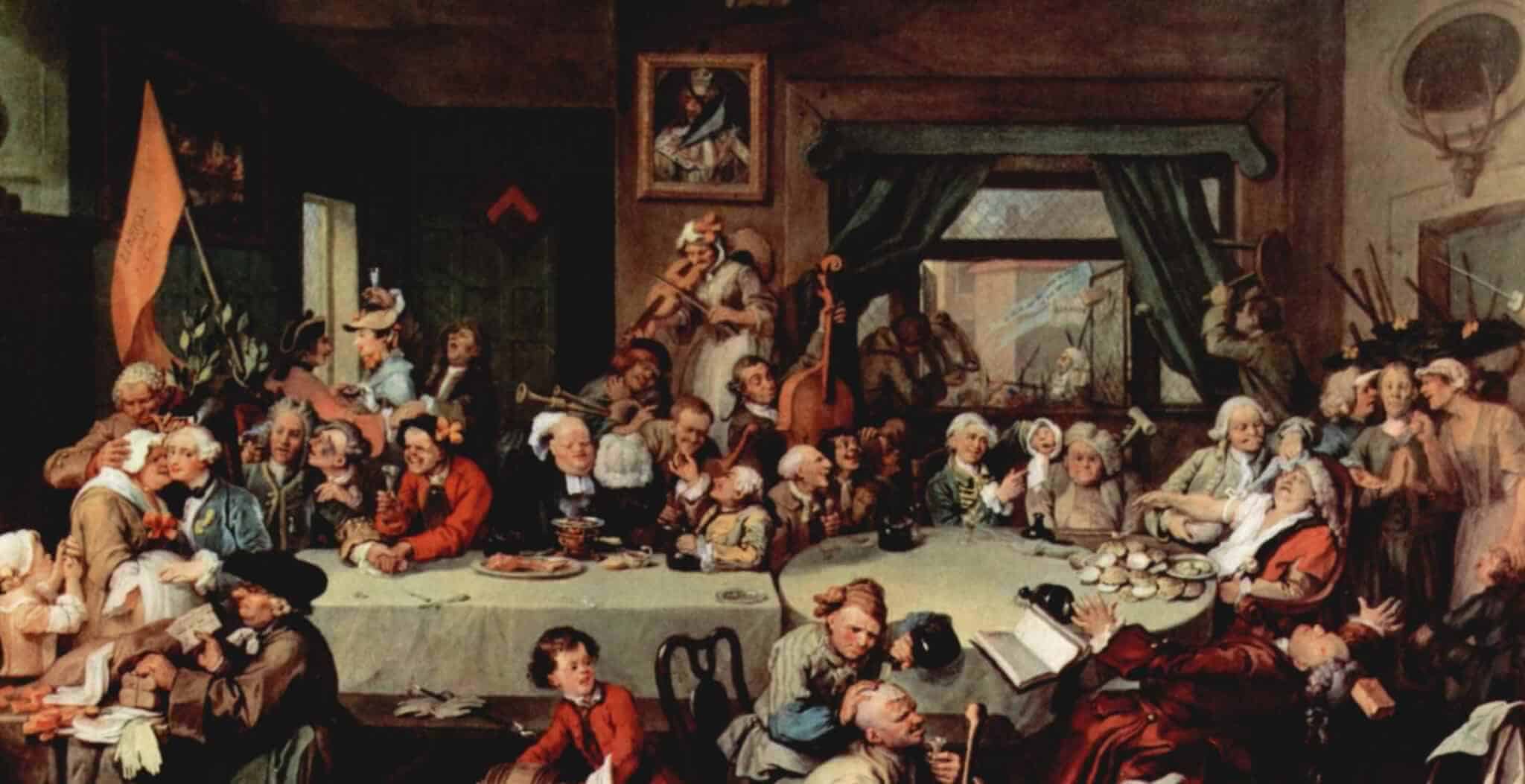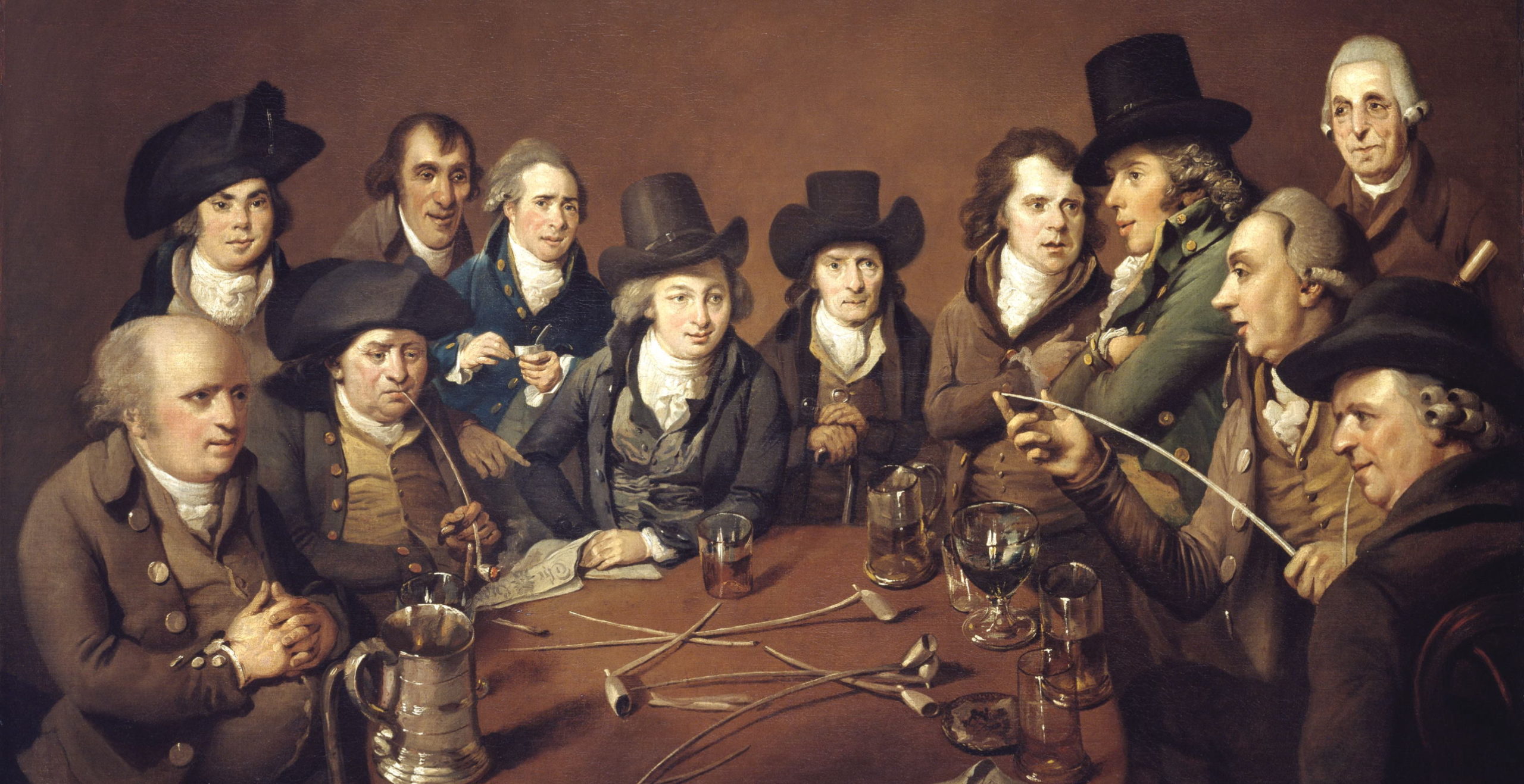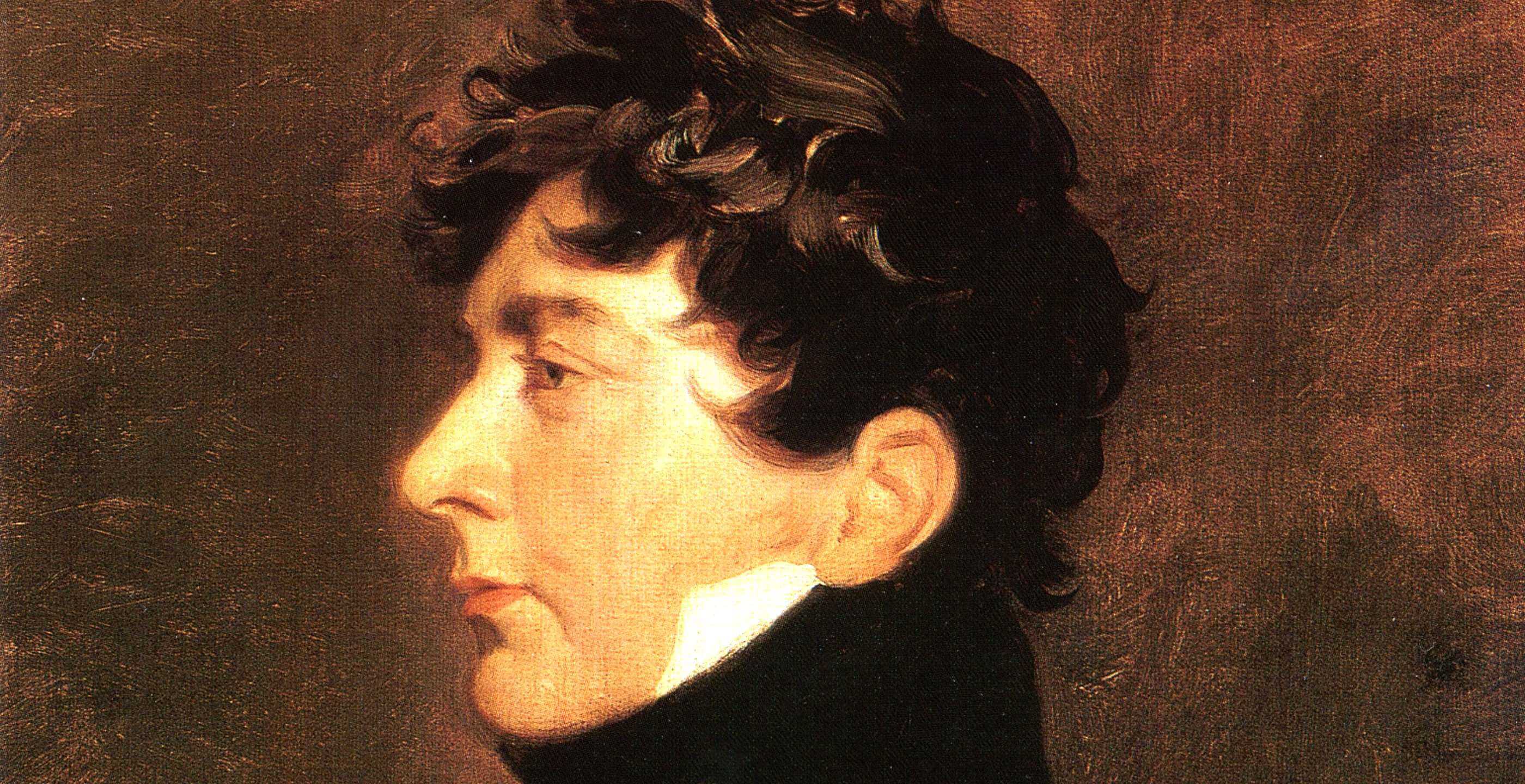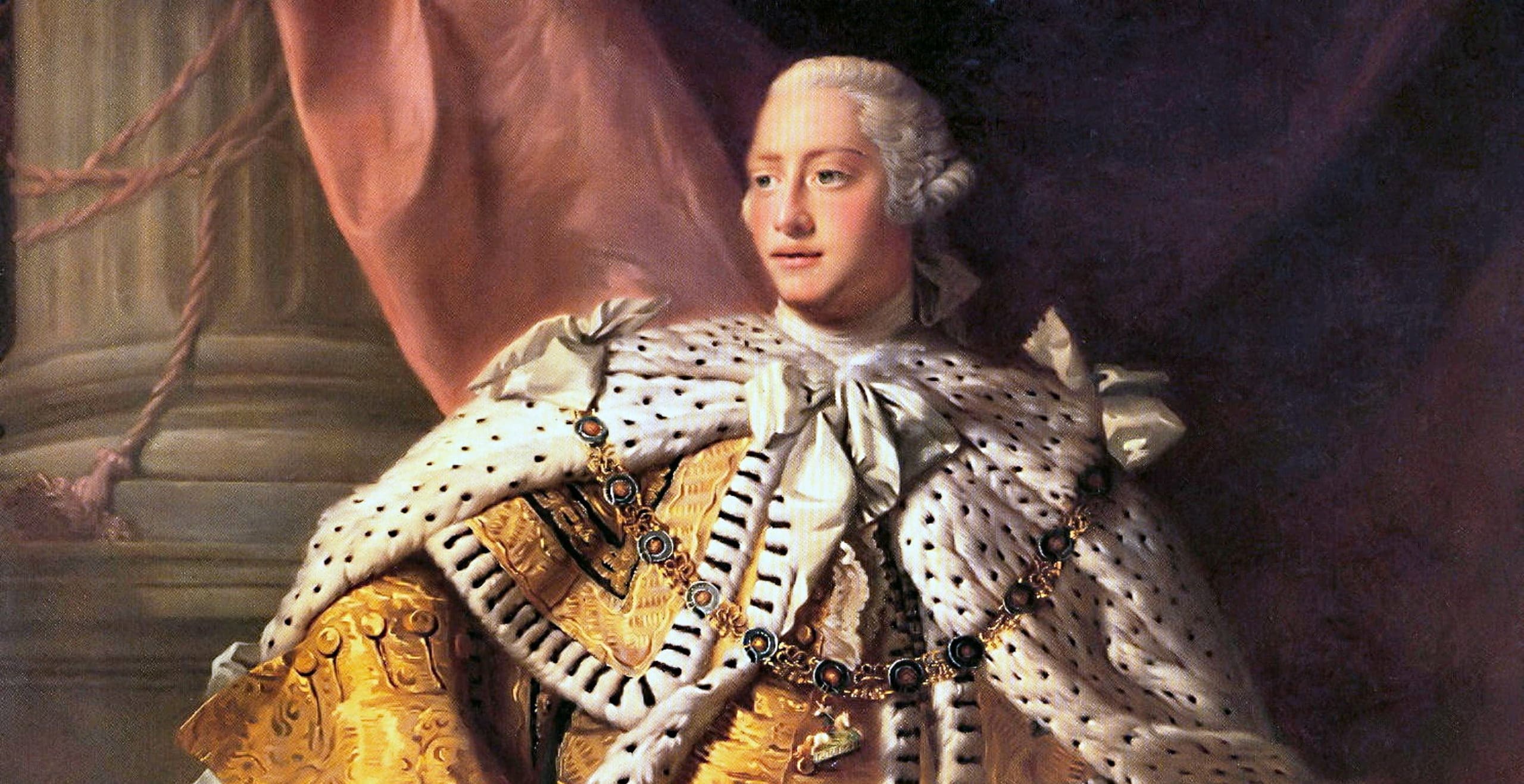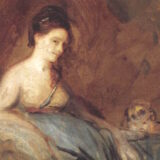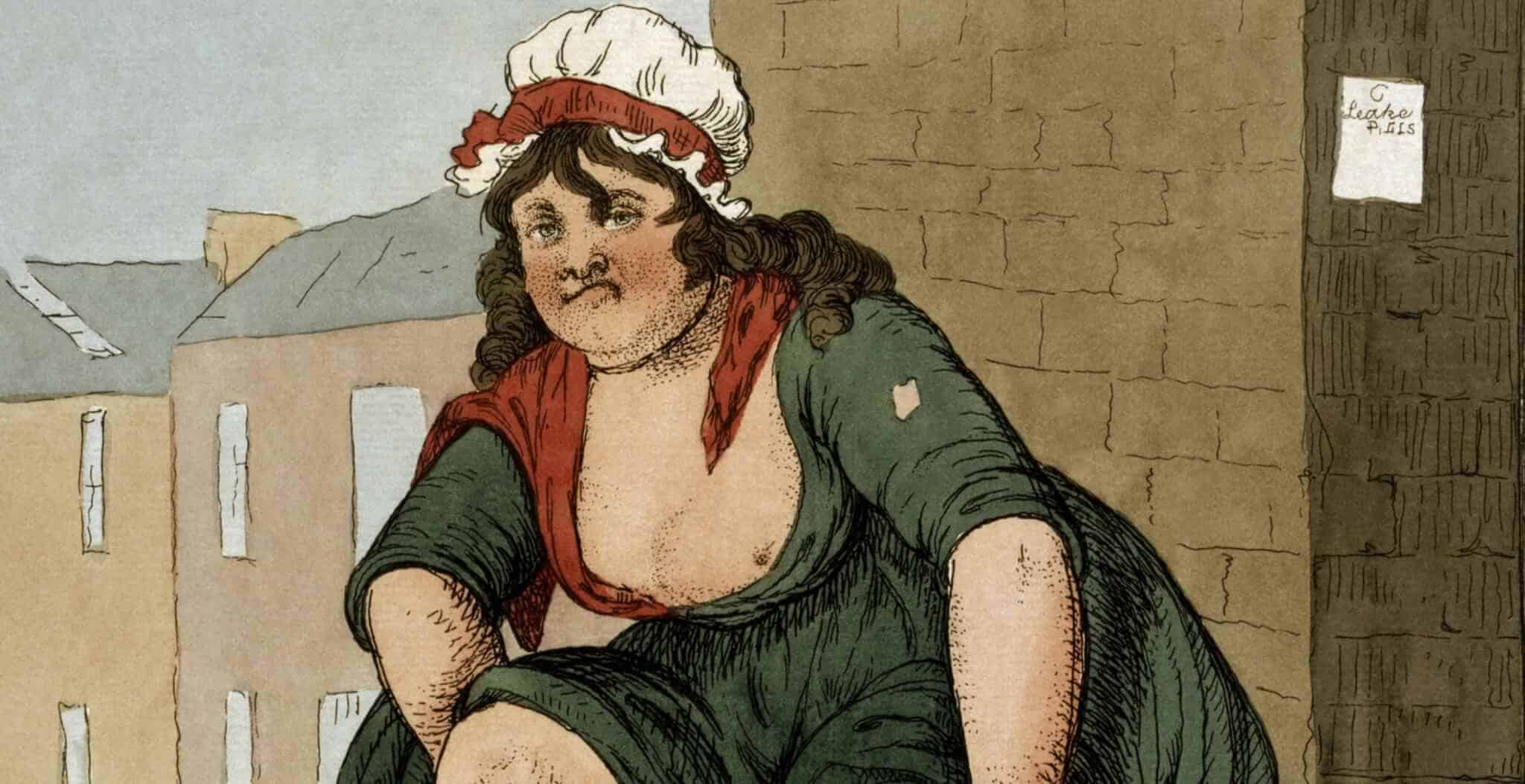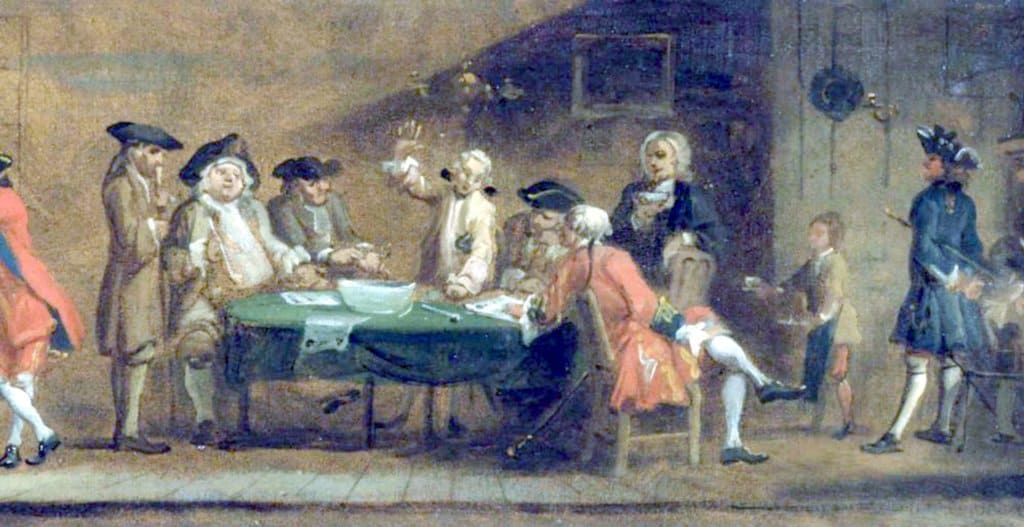Risqué illustrations of scandalous affairs and humorous digs at London’s elite, this was the golden age of caricature in Georgian England.
The satirical prints of the Georgian Era marked the “Golden Age” of caricature. From the late 1700s into the early 1800s the bite-sized iconography gave Londoners an outlet for the increasing artistic freedom encouraged during the Age of Enlightenment. The satire in print during this time used humour, irony, or exaggeration to ridicule or criticize at the expense of the powerful and famous. It was used especially as a form of commentary to check social conscience in an attempt to hold political leaders accountable for their actions. Fortunately for print makers in London, royalty and social elites were perfect targets.
During the 1700s there was a great increase in the number of newspaper outlets and the rate at which they could be published. It became a major art form and was also a visual record of daily events. These one page satirical prints were seen as an extension of the news and provided some of the most influential art of the early 1800s. The target demographic for these prints were wealthy Londoners who had disposable income, and an interest in current affairs. The West End of London was a hub for the arts, shopping, and the wealthy upper-classes. It was here where print shops sold their prints to shopkeepers, inns, and coffee houses to display in shop windows in hopes of attracting customers.
Producing prints was a detailed and time consuming process. Artists had to work quickly as topical events arose. Some print makers were producing up to three prints every week. Etchings were the primary technique and were printed on high quality rag paper, approximately 250X350 mm in size. Designs were engraved or etched into copper plates by using an etching needle to draw illustrations including artistic techniques such as parallel lines and cross-hatching. These copper plates were then printed by hand on a printing machine with each design being etched as a mirrored image.
These satirical prints were sold in London at somewhere between one and two shillings. Over time, printing techniques improved and developed, notably the availability of coloured drawings thanks to the invention of soluble watercolors by William Reeves in 1780. This offered variety for customers and more profit for printers who were able to sell coloured prints at a much higher price.
The themes of the prints varied greatly, but there are several that were popular amongst artists. Politics were an easy target in providing a snapshot of current events for the public. The entertainment that social issues and public figures brought to caricature were constantly changing which created a goldmine for artists and publishers who were quickly looking for their next idea. During this time literacy had increased from 40% in the 1750s to 60% in the early 1800s leading to a greater number of the population holding more powerful members of society accountable for their actions or inaction. These short and snappy caricatures had an immediate impact on their subjects, helping to create a name for many satirical artists.
There were many caricature artists and publishers during the Georgian Era. Thousands of prints were published each year and several prominent artists contributed the majority. James Gillray wasa prominent caricaturist and printmaker. Known as the father of the political cartoon, over 1,000 caricatures have been attributed to him. His primary subjects were prominent members of English society including King George III, his son the Prince Regent and Napoleon Bonapart. One of the most famous political cartoons, ‘The Plum-pudding in danger’ from 1806, can be attributed to Gillray.
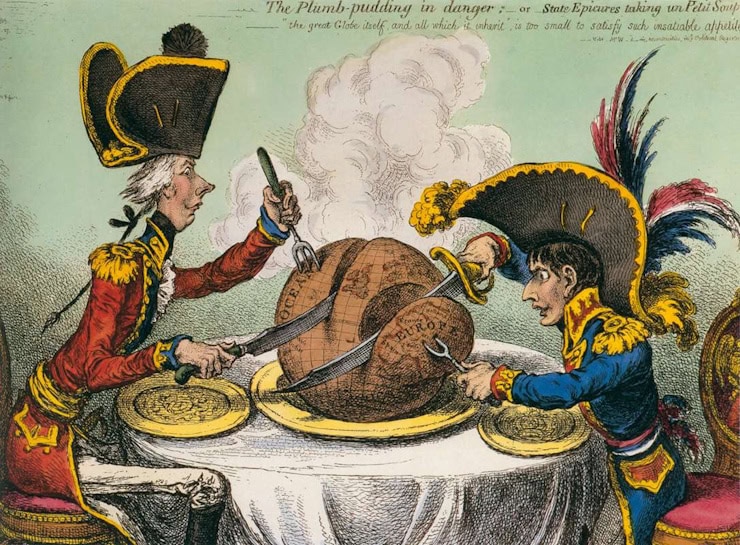
Thomas Rowlandson was a prominent character artist in the late 1700s and was known for his political and social satire displayed in print making. Some of his most notable subjects were politician William Pitt, George IV and Napoleon Bonapart. George Crookshanks, another notable caricature artist and illustrator from the early 1800s, prioritised social and political events, especially involving Britain’s enemies during the Napoleonic Wars. Amongst the publishers, Hannah Humphrey was one of the most well known publishers of historic prints and plates. Once she began working with satirist James Gilray, she became the leading seller of satiric prints and their working relationship continued for another 20 years.
Over the years there were many victims of satiric prints, but the most well known were King George III and his son King George IV. King George III with his frugality and eccentricities were a focal point during the golden age of caricature. His reign also saw the American War of Independence and the Napoleonic Wars, which were a common subject in caricatures of the time.
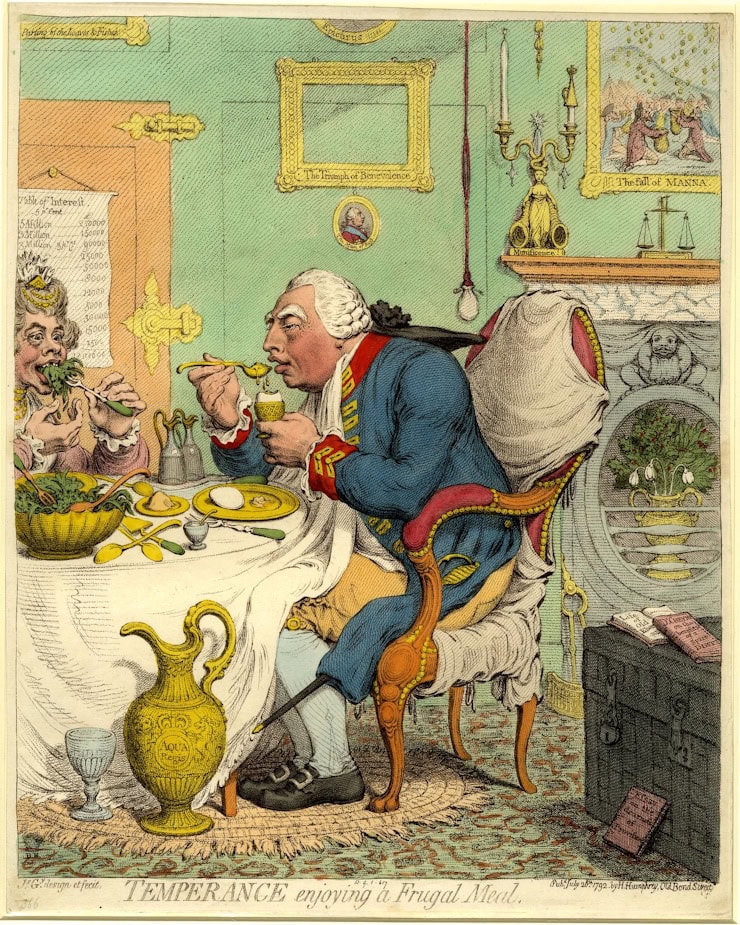
King George IV was quite the contrast to his father. His extravagant spending and indulgent behaviours were highlighted amongst satirists, most notably his official portrait which under estimated certain physical characteristics.
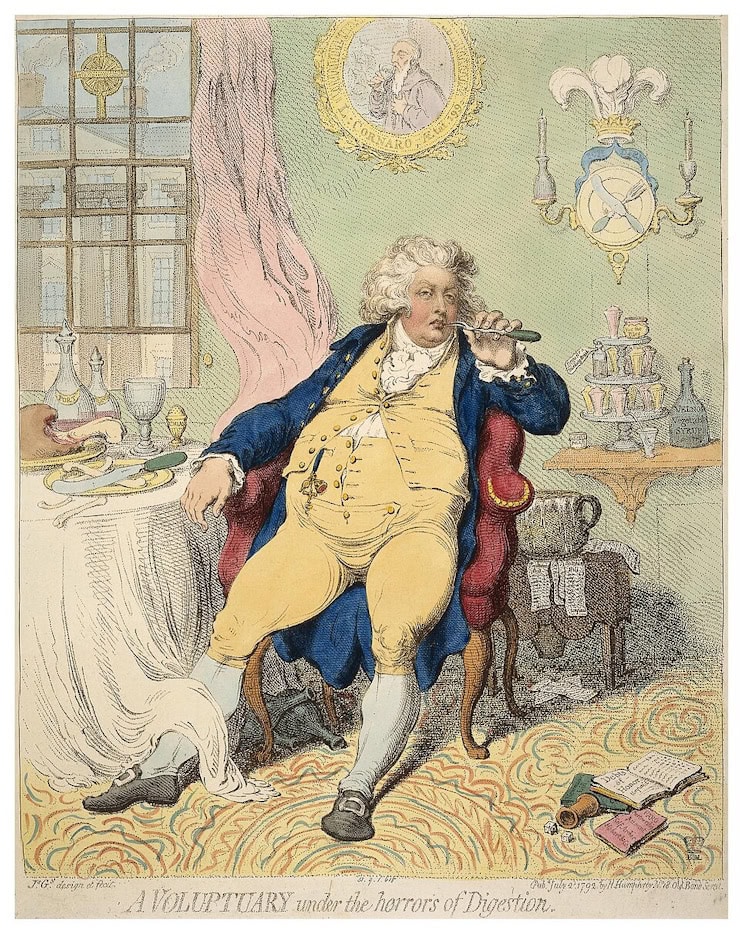
The decline of satiric caricatures came with the shift in society that developed in the decades following the French Revolution. There was a great fear from the ruling class of a potential revolution making its way to Britain. This led to a shift in society’s tone when it came to criticism of the monarchy. The Victorian Era in the mid 1800s also brought a change in values, ushering in more restrained moral and religious conduct.
Satirical caricatures in the Georgian Era brought political and social commentary to the public, and offered artistic freedom to the talented artists who created them. Although the popularity of single sheet prints fell out of fashion, their impact on society has continued on centuries later.
Catherine Stickney is an amateur historian based in Los Angeles, California.
Published: 14th April 2025.



